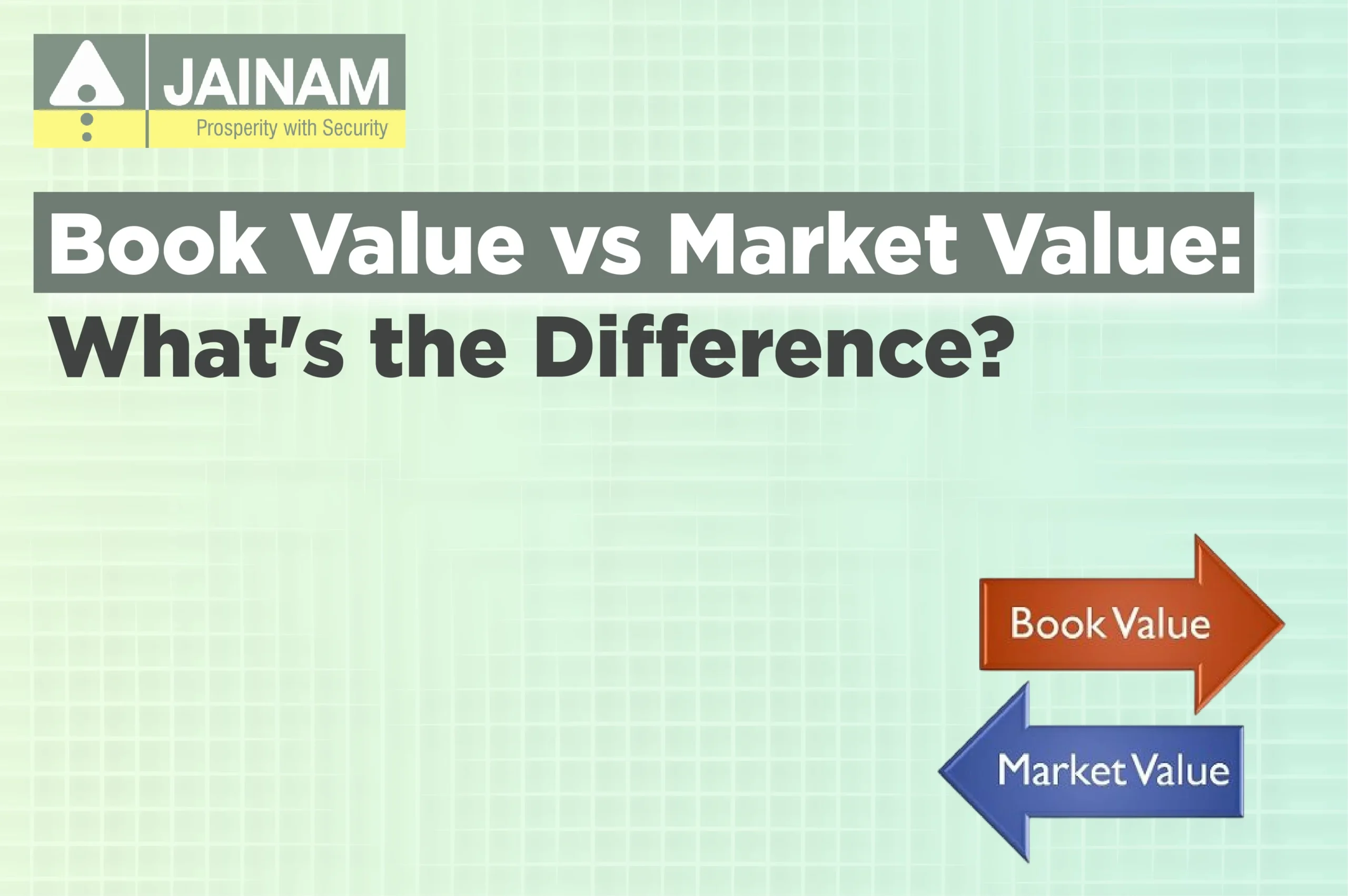
Introduction
India’s stock market is experiencing significant shifts, with investors increasingly focusing on large-cap stocks as a haven amid economic uncertainties. These companies, known for their stability, strong financials, and resilience, have become a preferred choice for both institutional and retail investors. But what makes large-cap stocks in India a strong bet? Are they truly the ultimate haven? Let’s dive deep into the world of large-cap stocks and understand their role in today’s investment landscape.
What Are Large Cap Stocks?
Large-cap stocks refer to companies with a high market capitalization, typically above Rs 20,000 crore. These companies are well-established, have a history of strong earnings, and are often leaders in their respective industries. Investors prefer large-cap stocks in India for their reliability and lower volatility compared to mid-cap and small-cap stocks.
Characteristics of Large Cap Stocks
- Stability: Less volatile compared to mid and small caps.
- Strong Fundamentals: Backed by solid financials and consistent earnings.
- High Liquidity: Easy to buy and sell due to high trading volumes.
- Market Leadership: Typically hold dominant positions in their sectors.
- Regular Dividends: Many large-cap companies distribute dividends, making them attractive to long-term investors.
Top Large Cap Stocks in India
The Indian stock market has several large-cap companies that consistently perform well. Here’s a look at some of the top large-cap stocks that investors should keep an eye on:
1. Reliance Industries Ltd
Sector: Conglomerate (Petrochemicals, Refining, Oil & Gas, Retail, Telecommunications)
Market cap: ₹16,71,721 Cr.
About: Reliance was founded by Dhirubhai Ambani and is now promoted and managed by his elder son, Mukesh Dhirubhai Ambani. Ambani’s family has about 50% shareholding in the conglomerate.
Pros
- The company has reduced debt.
2. Tata Consultancy Services Ltd
Sector: Information Technology (IT) Services
Market cap: ₹ 14,80,847 Cr.
About: Tata Consultancy Services (TCS), the flagship company of the Tata Group, is a global IT services, consulting, and business solutions provider. For over 50 years, TCS has partnered with leading enterprises worldwide, driving transformation through a consulting-led, AI-powered, and integrated portfolio of business, technology, and engineering solutions.
Pros
- The company is almost debt-free.
- Company with a good return on equity (ROE) track record: 3 Years ROE 47.4%.
- The company has been maintaining a healthy dividend payout of 66.2%.
3. HDFC Bank Ltd
Sector: Banking & Financial Services
Market cap: ₹ 12,82,164 Cr.
About: HDFC Bank Limited, India’s largest private sector bank by assets, is a leading banking and financial services company headquartered in Mumbai. As of May 2024, it ranks as the world’s tenth-largest bank by market capitalization.
As of April 2024, HDFC Bank has a market capitalization of $145 billion, making it the third-largest company on the Indian stock exchanges.
Pros
- Company is expected to give good quarter.
- The company has delivered good profit growth of 23.4% CAGR over the last 5 years.
- The company has been maintaining a healthy dividend payout of 22.9%.
- The company’s median sales growth is 16.4% in the last 10 years.
4. Bharti Airtel Ltd
Sector: Telecommunications
Market cap: ₹ 9,61,845 cr.
About: Bharti Airtel Ltd is one of the world’s leading providers of telecommunication services with a presence in 18 countries representing India, Sri Lanka, and 14 countries in Africa.
Pros
- The company has been maintaining a healthy dividend payout of 42.8%.
5. ICICI Bank Ltd
Sector: Banking & Financial Services
Market cap: ₹ 8,84,541 Cr.
About: ICICI Bank is India’s second-largest private sector bank, offering a diverse portfolio of financial products and services to retail, SME, and corporate customers. With an extensive network of branches, ATMs, and other touchpoints, the bank ensures seamless banking solutions nationwide. Through its subsidiaries and associates, the ICICI Group also has a presence in life and general insurance, housing finance, primary dealerships, and other financial services.
Pros
- The company has delivered good profit growth of 59.7% CAGR over the last 5 years.
6. Infosys Ltd
Sector: Information Technology (IT) Services
Market cap: ₹ 7,78,468 Cr.
About: Infosys Ltd is a leading provider of consulting, technology, outsourcing, and next-generation digital services, helping clients drive their digital transformation strategies. It is India’s second-largest IT company, following Tata Consultancy Services (TCS).
Pros
- The company is almost debt-free.
- Company with a good return on equity (ROE) track record: 3 Years ROE 30.9%.
- The company has been maintaining a healthy dividend payout of 63.3%.
7. State Bank of India
Sector: Banking & Financial Services
Market cap: ₹ 6,77,200 Cr.
About: State Bank of India (SBI), a Fortune 500 company, is India’s largest and oldest bank with a legacy spanning over 200 years. Headquartered in Mumbai, SBI is a multinational public-sector banking and financial services institution.
Pros
- The company has delivered good profit growth of 98.7% CAGR over the last 5 years.
- The company has been maintaining a healthy dividend payout of 18.1%.
8. Hindustan Unilever Ltd
Sector: Fast-Moving Consumer Goods (FMCG)
Market cap: ₹ 5,60,659 Cr.
About: Hindustan Unilever Limited (HUL) is a leading FMCG company operating across Home Care, Beauty & Personal Care, and Foods & Refreshment segments. With manufacturing facilities nationwide, the company primarily serves the Indian market.
Pros
- The company is almost debt-free.
- The company has been maintaining a healthy dividend payout of 92.2%
9. ITC Ltd
Sector: Diversified (FMCG, Hotels, Paperboards, Agri-Business, Tobacco)
Market cap: ₹ 5,42,695 Cr.
About: Established in 1910, ITC is India’s largest cigarette manufacturer and seller. The company operates across five business segments: FMCG Cigarettes, FMCG Others, Hotels, Paperboards & Packaging, and Agri-Business.
Pros
- The company is almost debt-free.
- Stock is providing a good dividend yield of 3.27%.
- Company with a good return on equity (ROE) track record: 3 Years ROE 27.5%
- The company has been maintaining a healthy dividend payout of 92.4%
10. Life Insurance Corporation of India
Sector: Insurance & Financial Services
Market cap: ₹ 5,24,975 Cr.
About: Life Insurance Corporation (LIC) is the largest insurance provider company in India. It has a market share of above 66.2% in new business premiums. The company offers participating insurance products and non-participating products like unit-linked insurance products, saving insurance products, term insurance products, health insurance, and annuity & pension products.
Pros
- The company is almost debt-free.
- The company has delivered good profit growth of 73.2% CAGR over the last 5 years.
- Company with a good return on equity (ROE) track record: 3 Years ROE 79.2%.
Open free demat account in 5 minutes
52-Week Low Large Cap Stocks: Opportunities or Red Flags?
Investors often monitor 52-week low large-cap stocks as they can indicate potential buying opportunities or underlying problems. When a large-cap stock hits its 52-week low, it can be due to sector-wide corrections, economic downturns, or company-specific issues.
When Should You Buy 52-Week Low Large Cap Stocks?
- Strong Fundamentals: If the company’s earnings remain stable despite the stock decline.
- Temporary Market Correction: If the overall market is bearish but the company remains strong.
- Long-Term Growth Potential: If the stock is undervalued relative to its future potential.
However, investors should also be cautious and analyze why the stock is at its low before making a decision.
Undervalued Large Cap Stocks: Hidden Gems in the Market
Finding undervalued large-cap stocks can be an excellent strategy for long-term investors. These stocks trade below their intrinsic value, presenting opportunities for significant returns when their prices are correct.
How to Identify Undervalued Large Cap Stocks?
- Low Price-to-Earnings (P/E) Ratio: A lower-than-industry-average P/E can indicate undervaluation.
- Strong Earnings Growth: Companies with consistent revenue and profit growth.
- Book Value Comparison: If the stock trades below its book value, it may be undervalued.
- Dividend Yield: High dividend yields can signal an attractive entry point.
Examples of Potential Undervalued Large Cap Stocks
- Coal India Ltd – A government-backed energy giant.
- NTPC Ltd – A leading power sector company.
- ITC Ltd – A diversified FMCG, hotels, and paperboard company.
Debt-Free Large Cap Stocks: Stability Amid Market Volatility
In times of economic uncertainty, debt-free large-cap stocks offer an extra layer of security to investors. Companies with zero or minimal debt have lower financial risks and greater flexibility in managing operations and expansion.
Why Invest in Debt-Free Large Cap Stocks?
- Lower Financial Risk: No interest burden enhances profitability.
- Greater Resilience: More stable during economic downturns.
- Higher Profit Margins: Less expenditure on debt servicing.
Some Notable Debt-Free Large Cap Stocks in India
- Infosys Ltd
- TCS (Tata Consultancy Services)
- Hindustan Unilever Ltd (HUL)
- ITC Ltd
- Nestlé India
BSE Large Cap Stocks List vs. Nifty 50 Large Caps
Both BSE’s large-cap stocks list and large-cap stocks in Nifty 50 include India’s most influential companies. However, there are some differences in their composition and investor preferences.
BSE Large Cap Stocks List
- Broader coverage includes companies beyond the top 50.
- Provides more diversification opportunities.
- Includes stocks from different indices like BSE Sensex and BSE 500.
Large Cap Stocks in Nifty 50
- Consists of the top 50 blue-chip companies in India.
- Represents a benchmark for institutional investors.
- Used for index-based investing and ETFs.
Investors can choose between the two depending on their investment style and risk appetite.
Large Cap Stocks as a Safe Haven Investment
With global uncertainties, inflation concerns, and volatile market conditions, large-cap stocks in India are proving to be a haven. They offer stability, reliable returns, and lower risk exposure compared to mid and small-cap stocks.
Reasons Why Large Cap Stocks Are Attracting Investors
- Consistency in Performance: Historical data shows that large caps withstand market downturns better.
- Institutional Investments: Many mutual funds and FIIs focus on large-cap stocks, ensuring steady demand.
- Dividend Income: Many large caps provide regular dividends, making them attractive for long-term investors.
- Lower Volatility: Large caps are less prone to extreme price swings.
Conclusion
Large-cap stocks offer stability and steady growth, making them ideal for low-risk, long-term investments, though they may not deliver the explosive returns of mid or small-cap stocks. With sectors like IT, banking, FMCG, and infrastructure driving the market, large caps continue to dominate. Whether seeking value buys, growth opportunities, or stability through debt-free stocks, investors have ample choices. While market trends evolve, large-cap stocks remain a cornerstone of a well-balanced portfolio, making them essential for both seasoned and beginner investors navigating the BSE and Nifty 50 landscape.
Whether you’re analyzing 52-week low large-cap stocks, exploring undervalued large-cap stocks, or seeking debt-free large-cap stocks, Jainam Broking Ltd. can help guide your investment decisions with expert insights and market analysis.
So, are you planning on trading in the stock market? If yes, you are at the right place!
Open a Demat Account with Jainam Broking Ltd. Now!










